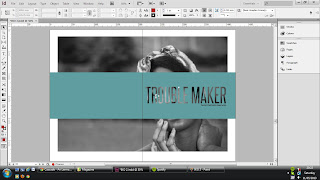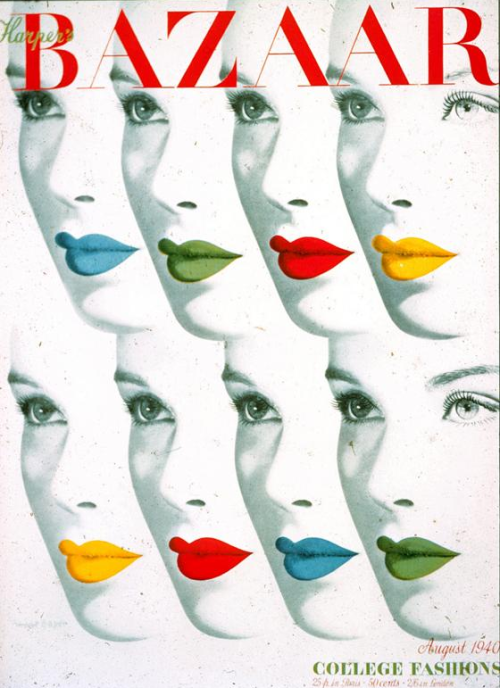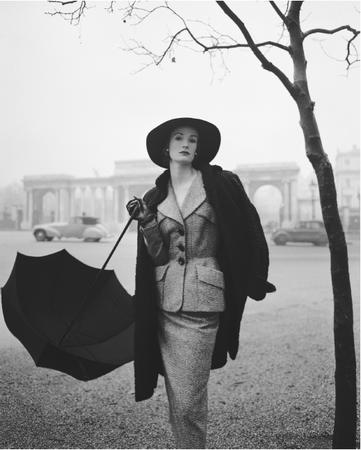Final Thoughts & Amendments
I've completely finished designing my IKO magazine and I think I'm happy with it. It does need quite a few improvements for the moment, I'm satisfied with the outcome. I would have liked for the magazine to look more "flashy" in order to appeal to a wider audience. I know that I've definitely drifted away from my brief to a great extent but at the same time, I'm happy that I did. I think that if I would have stuck to my brief, I would have ended up making something mainstream and obvious. Here are a few thumbnails of my final design for the magazine:
UPDATE:
I've just recently finished my work placement at Green Hat Design. The creative director, who used to be the junior designer for Time Out Magazine many years ago, was nice enough to give me some constructive criticism on my magazine. He explained to me that my magazine is too personalised and contains way too much white space to be considered a magazine for everyday girls. The magazine would be be best suited as a coffee table book. This meant that the book was better off as something for display and pure entertainment.
So, I've decided to split my magazine into three parts and call it a collection of Coffee table books. Each book will be about different topics. This could be something that can be collected Separately depending on the buyers interests. Here's an example of a coffee table book:
As you can see, the coffee table book is full of white space and the content is sparse. Most of what the viewer is expected to look at is the aesthetics rather than the information. Turning my magazine into a series of coffee table books sounds like a very interesting idea. I'm going to attempt this before the deadline!






















.jpg)























